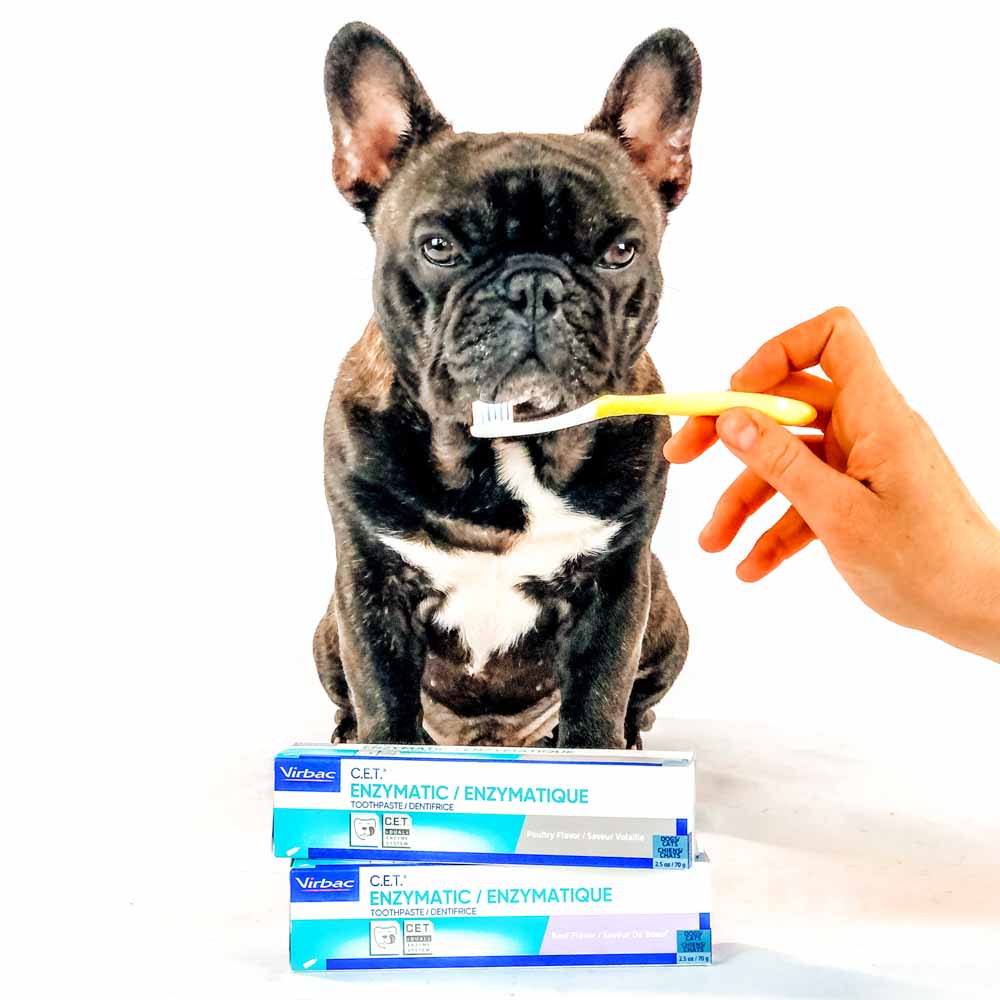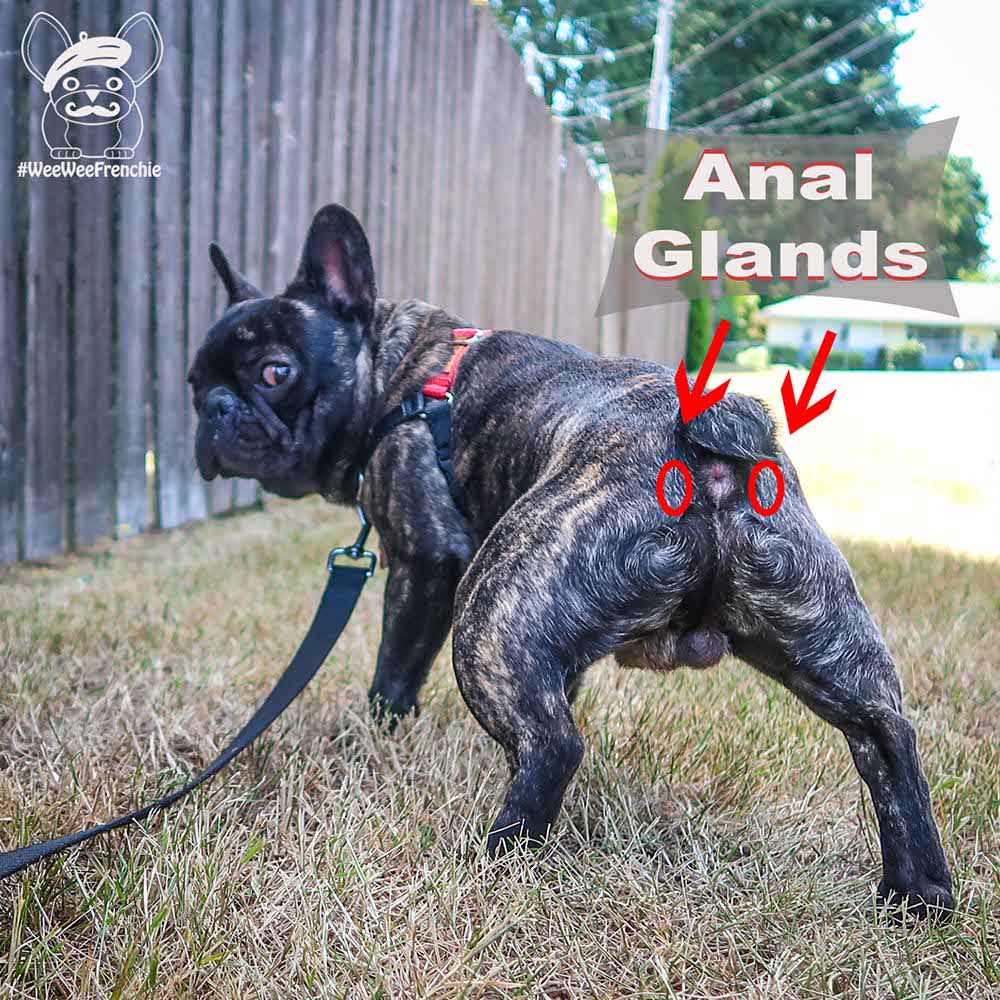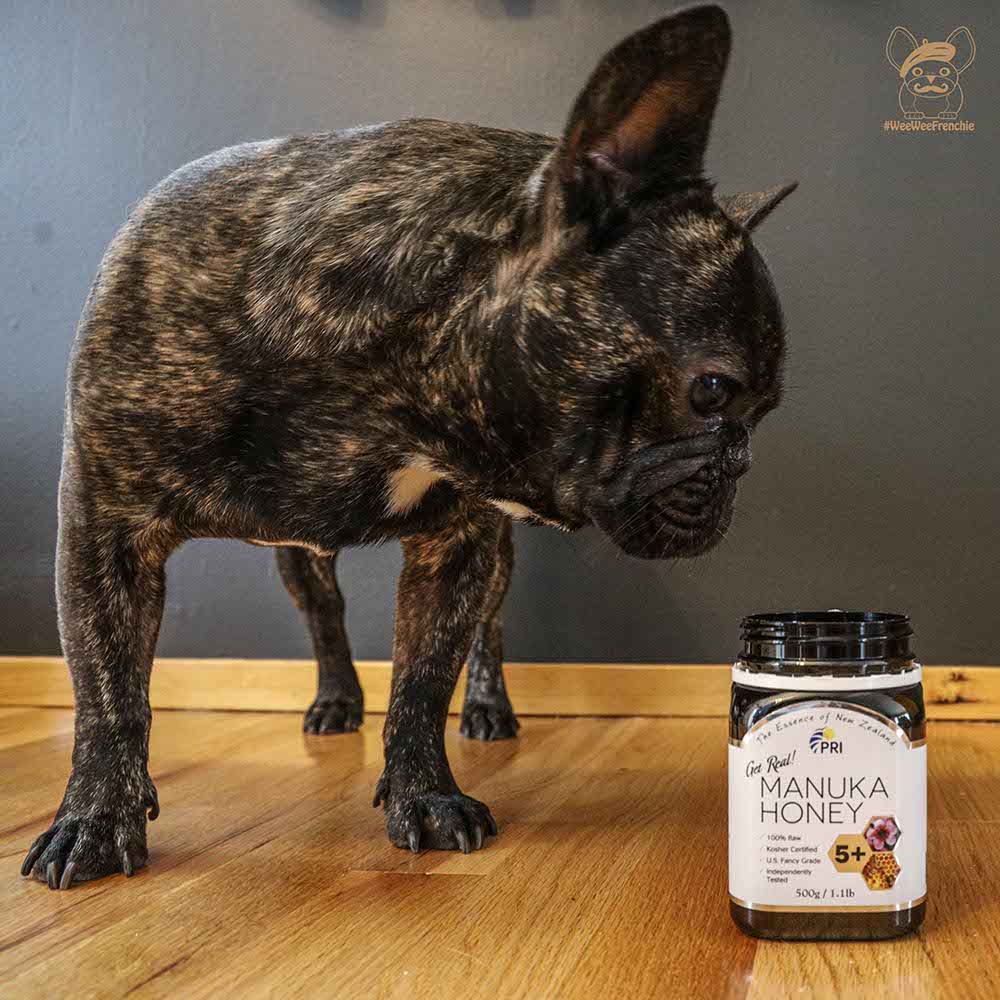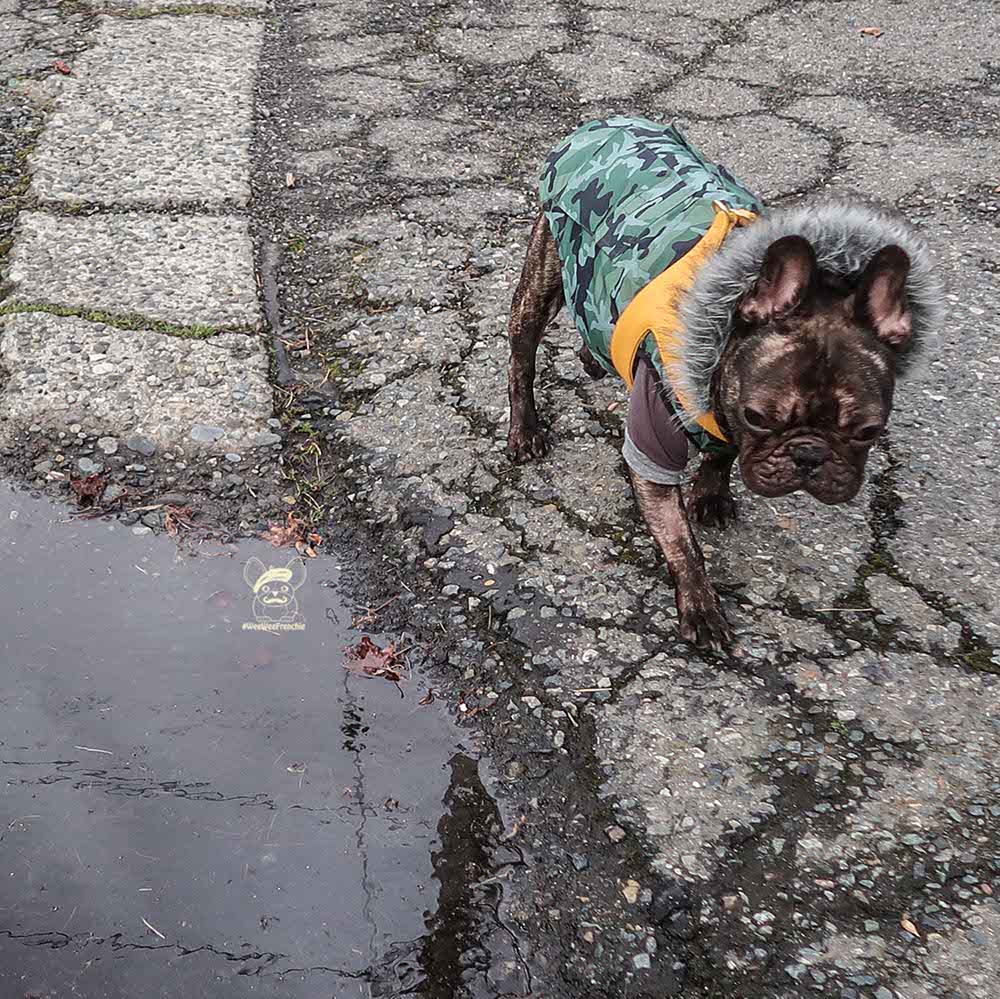How to Treat Your Dog's Torn Nail
When you think you’ve seen it all, another accident happens. This time, it was a broken dog nail that I didn’t notice until bedtime. I wasn’t sure what to do. The nail was dangling from the nail bed. It was obvious that my dog was in pain.
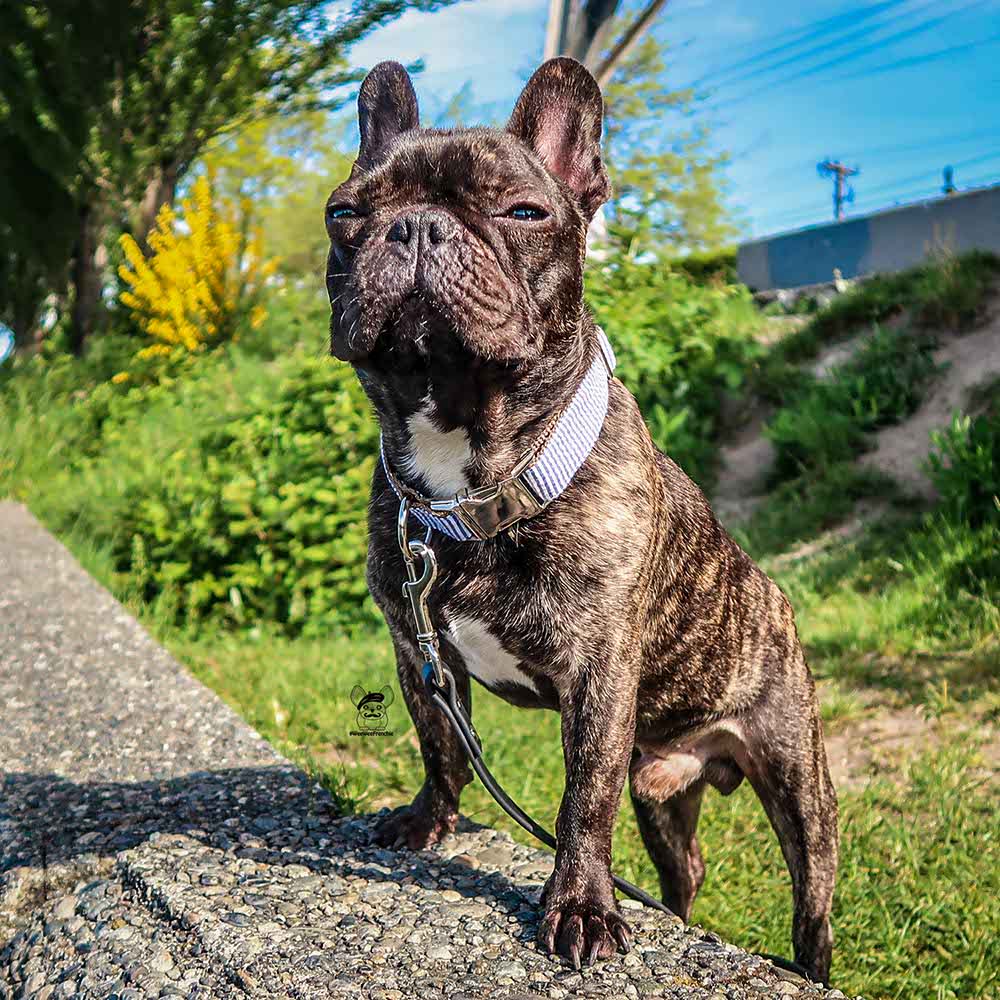
My dog licks his paws every night as a bedtime ritual but he wasn’t even looking at his paws. Instead, he looked at me wondering what the next steps were, and I wasn’t sure.
I called the vet the next morning, and they made a same day appointment to see my dog. Broken nails aren’t unusual but they can turn into an infection if not treated.
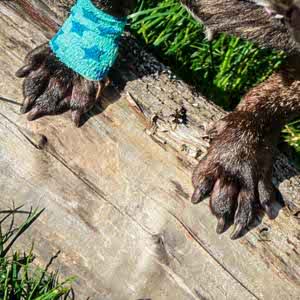
Nails can break or get caught on things. Older dogs can get dry, brittle nails. And long nails can break or snag.
If your dog breaks his nail, you should wash the area with saline solution. (We keep a bottle of saline on-hand in our doggy first-aid kit for this reason). If needed, you can use gauze or a human band-aid to wrap around the paw. This will protect the area until you can see your vet.
Schedule an appointment with your vet since the nail will need to be removed. The procedure is quick and usually doesn’t need sedation.
Afterwards, the paws need to be covered to prevent infection. Since the nail bed is attached to bone, a bone infection could occur. Bone infections are not easy to treat. They often need powerful antibiotics for many weeks.
The paw will need to be washed every few days. Apply triple antibiotic ointment, and cover the area with gauze or a human band-aid. A final protective barrier, like Petflex, will add further protection to the area.
Increased pain, swollen and inflamed paws could mean infection. If any signs of infection develop, seek immediate attention.
Claws should regrow in a few weeks. Once regrown, your dog will be able to resume his regular activities.
To prevent further nail injury, keep nails trimmed short. Nails should be trimmed every few weeks. This will prevent pain and injury to the paw in the future.
This blog is for informational purposes only. The information given should not be used as a substitute for veterinary evaluation.

